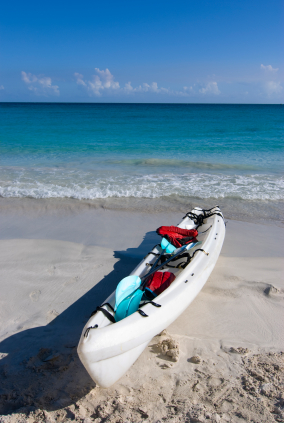Cold weather is making a comeback in Florida.
Today the air is crisp and as you bundle up and turn on the heat imagine getting cosy next to a fire.
Yes it is bonfire weather. Building a fire may seem like a relatively simple task, but do not be fooled. Burning just any scrap of wood or paper can release noxious fumes and give your neighbors black lung. So consider this:
- First designate an area, either dig a hole, buy a standing fire pit, or use an established fire pit. When digging a hole, make it deep enough so that the fire in the hole does not catch the yard on fire.
- Second gather your materials. You need small and easy to burn twigs, dried leaves, bark called tinder or kindling. These items are important because while they burn the larger pieces of wood catch fire, eliminating the need for lighter fuel.
- Third you need to gather the cut and dried logs. Damp logs will not burn and hardwoods like hickory and oak burn the best.
A very important part of the equation is the shape of the bonfire. You cannot just pile the logs and light a match. There are different ways of piling logs but the easiest are either the tee-pee or the square stack. Combining the two will make one big stable fire.
The teepee method consists of leaning three or more logs against each other in a cone shape. The easy to burn material goes inside the tee-pee. You light the center and allow that fire to catch the logs. As long as there is room for air to flow between the logs the fire will burn.
If you use tinder and a fire pit then you wont need lighter fuel and you wont catch your leg on fire, making the bonfire a safer place for drunks and clumsy people.

Photo by Hailey Petway

